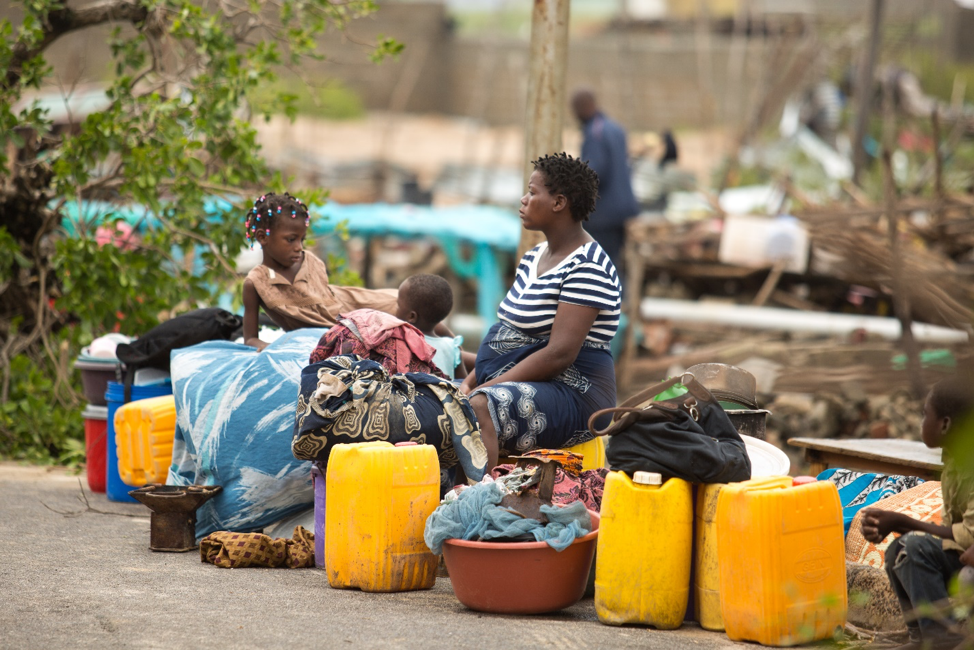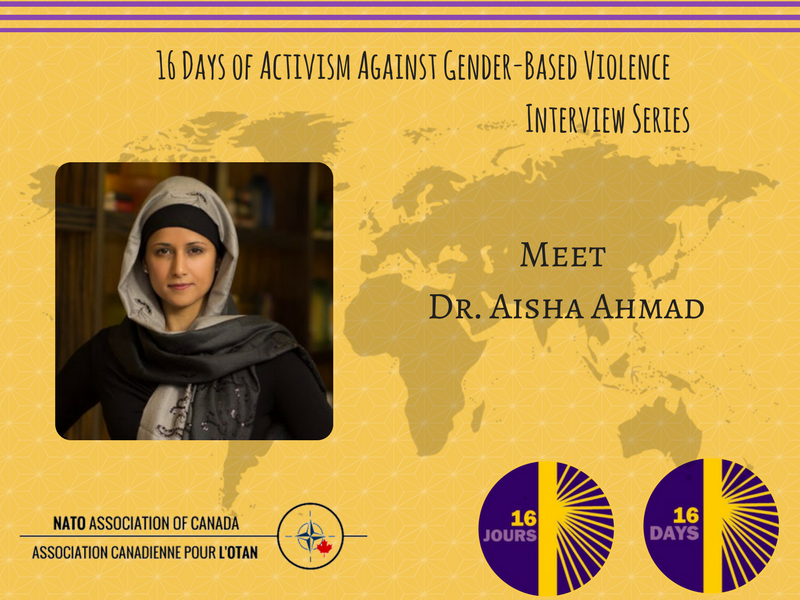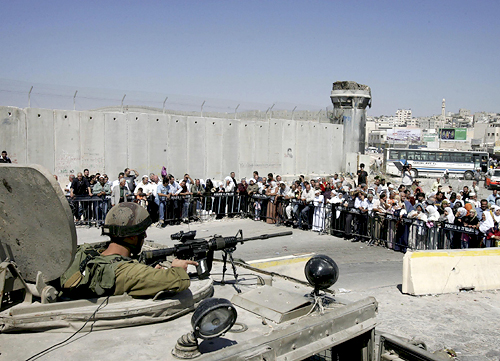After cyclone Idai hit Malawi in March of 2019, survivors were sent to camps for internally displaced people. In those camps, many women and girlsexperienced sexual threats and abuse, and were often forced to trade sex for food. The organization “Care” shared the story of one woman, Mary, who had to flee her home and go to a camp. Mary said the fear of men and the risk of abuse is omnipresent because the tents do not close, and women often have to use the bushes to relieve themselves due to the lack of toilets. Women, children and people with disabilities are the most vulnerable. One solution would be to empower women both before and after a crisis or disaster and to let them act as their own agents of change and recovery.
This article analyzes the existing framework in at-risk countries, as well as providing some potential solutions to empower women in these contexts.
International framework regarding women and disaster
The United Nations Entity for Gender Equality and the Empowerment of Women, the (UN-Women) Strategic Plan 2018-2021, recognized that women and girls around the world face a range of serious structural obstacles in their daily lives. These include inadequate governmental support structures, endemic gender-based violence, the murder of women’s rights advocates, femicide, discriminatory social standards, and wider social and cultural patterns that deny women their civil, economic, and social rights. These inequalities curb women’s and girls’ full potential for achievement as well as their basic human rights. Such barriers are all the more problematic when disasters strike.
Disaster Risk Reduction is the idea and the process of tackling disaster risks through actions that aim to examine and diminish people’s exposure and vulnerability to disasters. This approach identifies the hidden principles of natural hazards in order to enhance people’s preparedness and recover.
The Sendai Framework, adopted in 2015, underlined the necessity to better manage disaster risks by recognizing that people are afflicted by disasters in different ways, and that “women, children and people in vulnerable situations [are] disproportionately affected.” This framework also identified that there is a need to empower “women and persons with disabilities to publicly lead and promote gender equitable and universally accessible response, recovery, rehabilitation and reconstruction approaches […].” Moreover, women’s participation is fundamental in handling disaster resilience planning and setting up gender-sensitive disaster risk reduction programs.
The impacts of patriarchal rules on women’s agency
Hazards analysesconsist of perceiving how disasters are handled by a society and offer a perspective on how to improve already existing laws, in order to decrease the impact of disasters and to better citizens’ living conditions. Disasters happen in specific environments and are embedded in political, social and economic spaces. Certain populations are unequally unprotected when it comes to disasters. As such, it is easier to deal with technical elements linked to natural hazards rather than to address the unequal political, social and economic structures of a society that shape how disasters impact diverse sections of the population. Doing so would entail challenging the way power is distributed through land tenure rules, the degree of investment in public health, transportation systems to more remote areas, and infrastructure.
On September 2018, large earthquakes hit Central Sulawesi, Indonesia. A subsequent report, Gender and Inclusion Alert: Central Sulawesi Earthquake and Tsunami, identified that as the main caretakers of the family, women are more prone to be faced with a rise in their workload due to lack of food, water, sanitation, and hygiene facilities. Economic difficulties are inextricably linked with domestic unpaid work like daily chores and childcare. When women work outside the home they often experience employment insecurity.
One of the effects of disasters is women’s loss of capital and the decrease of their participation in the formal and informal sectors. Women lose money when they have to be involved in emergency duties and such a great quantity of unpaid reproductive work. In addition to economic vulnerabilities, women in shelters deal with insecurity and exclusion from camp management decisions. After the 2018 earthquakes in Indonesia, “in 52 percent of displacement sites, bathrooms or toilets were identified as unsafe spaces for women, and in 9 percent of sites water collection points were identified as unsafe for women”, according to the report.
Promoting female leadership
On May 2019, the Global Platform for Disaster Risk Reduction,“a biennial multi-stakeholder forum established by the UN General Assembly to review progress, share knowledge and discuss the latest developments and trends in reducing disaster risk”, will be held in Geneva. Itwill attempt to issue guidelines on how to further engage local women, civil societies, private and public actors in disaster risk reduction and resilience. A special session on leadership will include insights and case studies by women’s advocates and leaders.
One way to empower women would be to allocate resources directly to local women’s organizations in developing countries. Donors would directly fund those organizations that focus on gender responsiveness and fight for gender equality. Training and workshops are already offered to women who suffer from disasters as well as to women and girls who live in risk-prone countries disaster such as Vanuatu, Haiti, Mexico, Malawi, Zimbabwe, Mozambique, Nepal, Vietnam, and the Philippines.
More developing countries should be given the means to come up with plans to prepare before a disaster strikes as well as the resources to recover from it. At a 2017 TED talk, Chamutal Afek Eitam states that a smarter preparedness to disaster consists of examining a list of plans that will be implemented before a disaster hits.Some cities recover faster than others from crisis due to their level of resilience.
Eitam argues that countries should be independent from foreign influence because when a foreign system intervenes, it ignores local realities and potential. Countries hit by disasters should accept foreign aid only after knowing the capacity required. Moreover, people should be able to decide for themselves where they want to live and what is appropriate for them. According to Eitam, “Dependency on foreign aid is not a financial transaction, it is a state of mind. A state of mind that we must change […]. It is time to step out of the comfort zone of aid provision, it is time to take control and give and take responsibly.”
Local women are in the best position to analyze and decide what is best for them and their society’s recovery. International organizations connected to the United Nations such as UN Women, UNICEF, UNISDR and UNDP already seek to promote the sharing of knowledge and good organizational practices with regard to fighting gender-based discrimination. Until local women are empowered to take up leadership roles within their own societies, even the most well-internded interference by outside stakeholders will remain inadequate.
Featured Image: Cyclone Idai, Mozambique, aftermath, 15- 16 March 2019 (Denis Onyadi: IFRC/DRK/Climate Centre)
Disclaimer: Any views or opinions expressed in articles are solely those of the authors and do not necessarily represent the views of the NATO Association of Canada.



